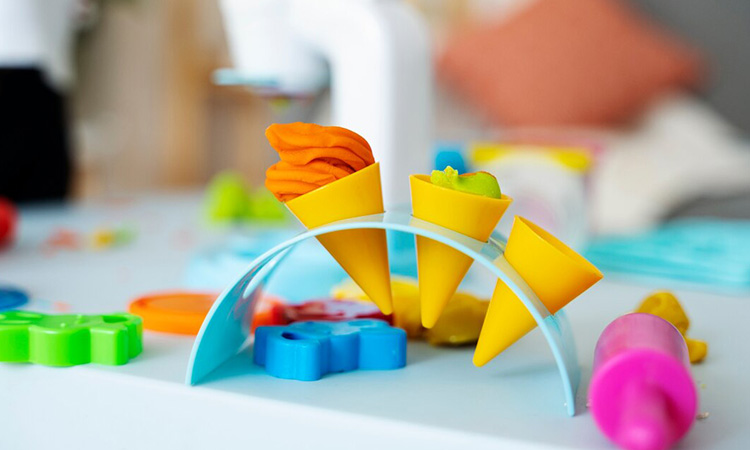In the modern world, plastic has become an integral part of our daily lives, and its impact is felt even by the smallest members of our communities—our children. While plastic brings convenience, its repercussions on the health and well-being of children are raising concerns. Let’s delve into the effects of plastic on our little ones and explore ways to create a safer environment for their growth.
Exposure to Harmful Chemicals:
Plastic products, especially those intended for children, may contain harmful chemicals like bisphenol A (BPA) and phthalates. These chemicals, found in items such as toys, bottles, and pacifiers, have been linked to developmental and reproductive issues. Minimizing exposure to plastic products containing these chemicals is crucial for the well-being of our children.
Toy Safety and Plastic Materials:
Children’s toys, often made of plastic, can pose safety risks beyond the risk of choking. Some plastics used in toy production may contain toxic substances that can be harmful when children come into contact with them, whether by touching, sucking, or chewing. Opting for toys made from safer materials and regularly inspecting toys for wear and tear can help mitigate these risks.
Plastic Packaging and Food Containers:
Food and beverage containers made from plastic are common sources of exposure for children. The chemicals in plastic can leach into food and liquids, especially when containers are heated. Choosing alternatives such as glass or stainless steel for food storage and minimizing the use of plastic containers in the kitchen can help reduce exposure to harmful substances.
Environmental Impact and Children’s Future:
Beyond direct exposure, the environmental impact of plastic pollution poses long-term risks for children. Plastic waste, with its slow decomposition process, contributes to pollution in air, water, and soil. Teaching children about the importance of reducing plastic consumption and adopting eco-friendly habits can instill a sense of responsibility for the environment from a young age.
Respiratory Health Concerns:
Plastic particles and chemicals can contribute to indoor air pollution, affecting the respiratory health of children. Carpets, furniture, and other household items made from or containing plastic can release harmful substances into the air. Ensuring proper ventilation and choosing furniture and decor made from natural materials can contribute to a healthier indoor environment for children.
The impact of plastic on children is a multifaceted issue that requires attention from parents, caregivers, and society as a whole. By being mindful of the plastics children come into contact with, opting for safer alternatives, and educating the younger generation about sustainable practices, we can work towards creating a world where our children can thrive without the detrimental effects of excessive plastic use. It’s in our hands to make choices that ensure their small hands have a positive impact on the future.
Next On Your Reading List:


